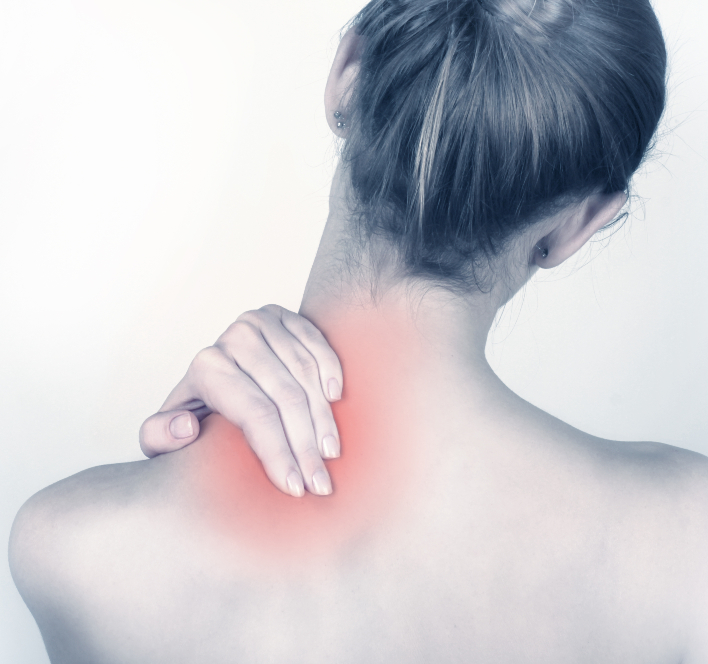Anterior Cervical Discectomy and Fusion (ACDF) surgery is a highly effective procedure for treating various conditions affecting the cervical spine, such as herniated discs, cervical radiculopathy, and spinal stenosis. While ACDF can provide significant relief…
Deformities of the cervical spine can result in a range of challenges, including pain, weakness, and restricted movement. Unfortunately, chronic neck pain affects many people. Luckily, there are treatments available for those who suffer from this type of injury or strain of their spine.
Deformities of the cervical spine can range from mild to severe. A person with a cervical deformity will often experience neck pain in addition to other symptoms associated with the condition. Your medical team will use imaging scans to diagnose and monitor these conditions on a regular basis. Here is more information about the different types of cervical deformities, what causes them, and how they are treated.
Scoliosis
Scoliosis is a condition where the spine curves or bends sideways. This can be caused by several factors including genetics, muscle imbalances, poor posture, and trauma. If left untreated, scoliosis can cause pain, deformity, and even paralysis.
The most common type of scoliosis is idiopathic scoliosis which occurs when there are no known causes for the curve. Idiopathic scoliotic curves typically occur in children between ages 10-14 years old. In some cases, scoliosis may also develop as an adult due to injury or disease.
Kyphosis
The most common type of cervical deformity is kyphosis, or roundback, which can result from poor posture or from degenerative changes in the spine. Kyphosis is a medical term used to describe an abnormal curvature of the spine. This type of curvature is most commonly seen in the thoracic region of the spine.
The causes of kyphosis vary depending on the specific type of kyphosis you have. For example, people with kyphosis due to osteoporosis tend to develop it later in life. People with kyphosis caused by previous surgery or injury may experience it earlier in life.
Kyphosis is usually treated conservatively, meaning that doctors try to treat it without surgery. Treatments include physical therapy, braces, medications, injections, and weight loss. Surgery is rarely necessary unless there are complications such as nerve damage.
Lordosis
The term lordosis refers to an excessive curve in the lumbar region of the spine. It causes the lower back to bend forward. A person suffering from lordosis typically exhibits an exaggerated, backward-bending posture. As a result, the spinal cord lies farther away from the center of gravity.
This condition usually affects women over 50 years old, although it can happen at any age. While sitting, those affected tend to lean backward, especially when standing up straight. They may experience pain along the side of the body.
Ankylosing Spondylitis
Ankylosing spondylitis is a type of arthritis that produces inflammation in the spine. The condition causes the vertebrae to fuse together, making movement difficult.
Symptoms include pain and stiffness in joints throughout the body, especially in the lower back. Some patients also experience pain in the neck, chest, arms, legs, and feet. As the disease progresses, the patient’s mobility becomes limited.
Some people experience symptoms of ankylosing spondylitis early in life while others don’t develop it until much later in life. There are no known risk factors for developing ankylosing spondylitis. However, certain genes seem to increase the chance of getting the disease.
Contact a Spine Surgeon Today
If you are experiencing neck pain, consider seeing a spine specialist. A doctor can diagnose and treat cervical deformities based on an evaluation of the symptoms. Make sure to maintain good posture and see your doctor if your symptoms don’t improve with conservative treatment.
Current medical treatments for neck pain are improving. For treatment for these types of cervical conditions, contact your local spine surgeon today. He or she will examine you and determine if treatment is needed. Contact Orthopedic Laser Spine Surgery at (855) 853-6542 or fill out our online form to schedule a consultation.

